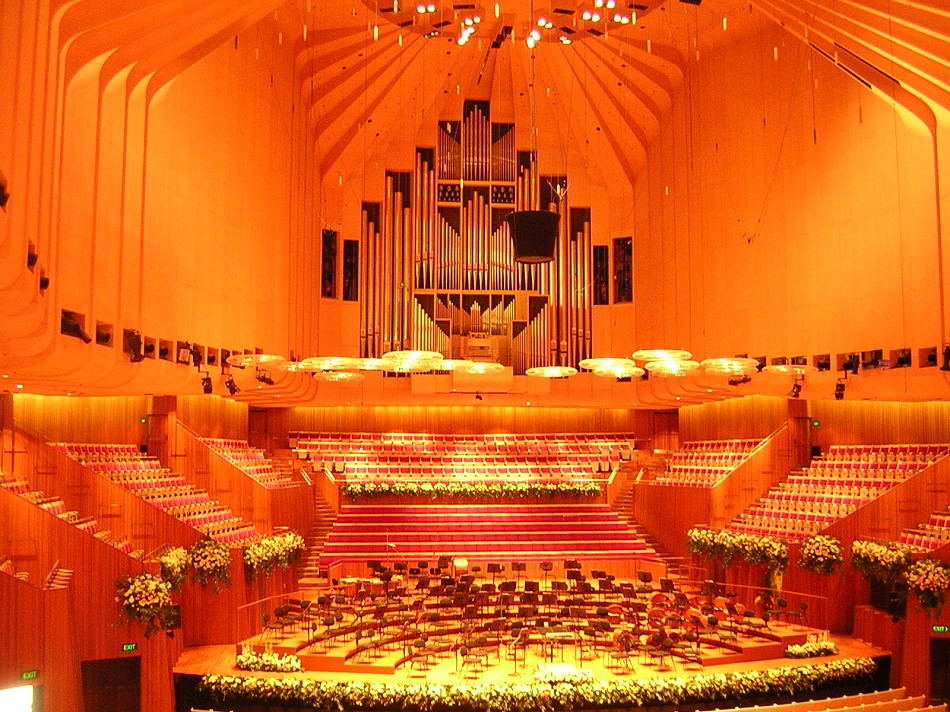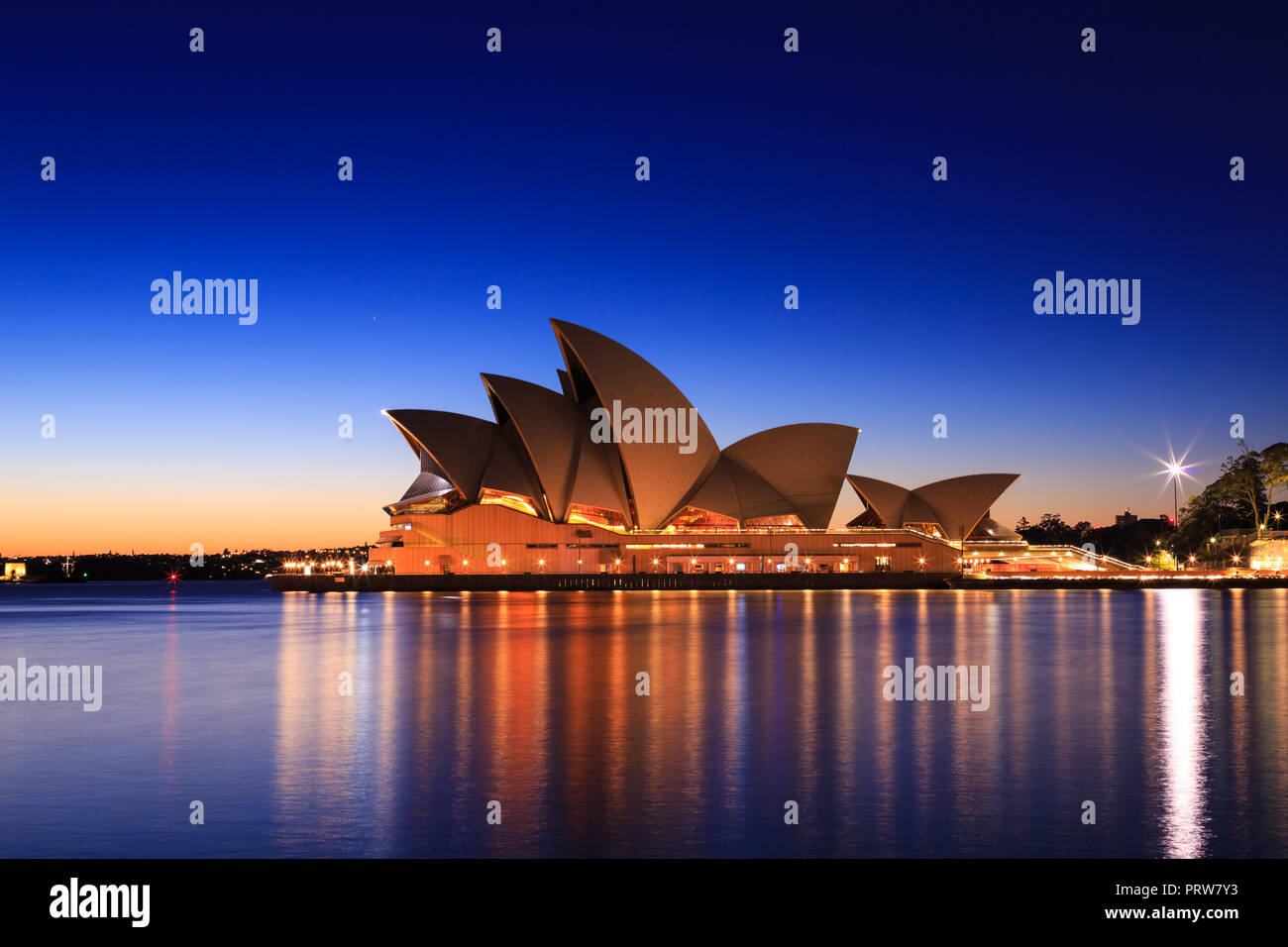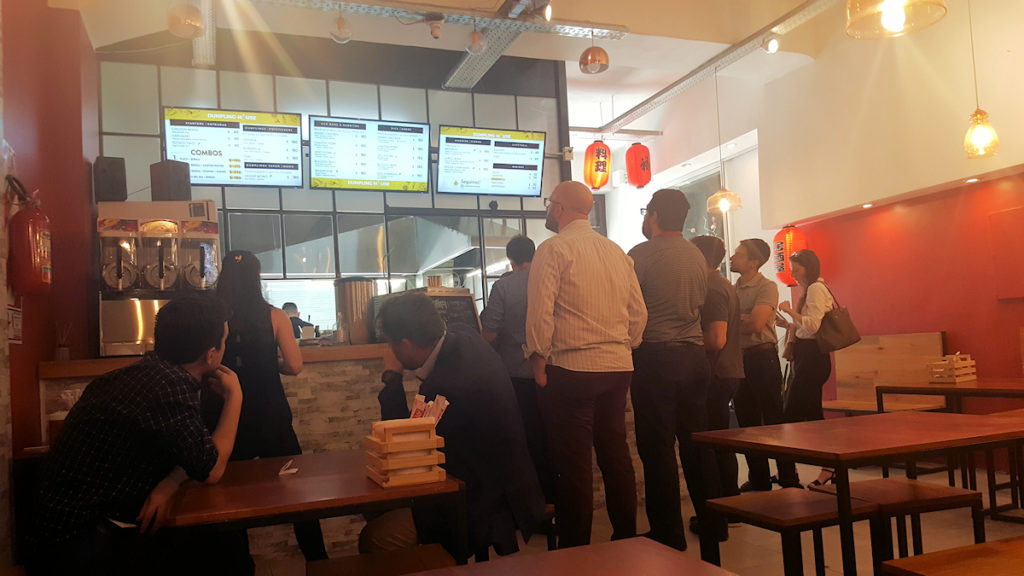Table Of Content
- These young people are 'fluent Aussies' who grew up in the country. Now they fear being deported
- Parramatta rapidly transformed into Sydney's second CBD. Hopes are high for the next phase
- Reconciliation with Utzon; building refurbishment
- The Surprising Story of the Sydney Opera House's Construction
- Universal and TikTok reach agreement, music to return to social media app
- Behind the scenes, walks, tours and experiences

Plan your visit today and discover the magic of this iconic Australian landmark. The Sydney Opera House is a triumph of modernist architecture and engineering. Jrgen Utzon, a Danish architect, created it, and he inaugurated it in 1973.
Why You Should Visit Sydney Opera House in 2024 - wyandottedaily.com - Wyandotte Daily
Why You Should Visit Sydney Opera House in 2024 - wyandottedaily.com.
Posted: Sun, 11 Feb 2024 14:04:17 GMT [source]
These young people are 'fluent Aussies' who grew up in the country. Now they fear being deported
It is a multipurpose performing arts facility whose largest venue, the 2,679-seat Concert Hall, is host to symphony concerts, choir performances, and popular music shows. Opera and dance performances, including ballet, take place in the Opera Theatre (renamed the Joan Sutherland Theatre in 2012 as a tribute to the celebrated Australian operatic soprano), which seats just over 1,500. There are also three theatres of different sizes and configurations for stage plays, film screenings, and smaller musical performances. The Forecourt, on the southeastern end of the complex, is used for outdoor performances. The building also houses restaurants and a professional recording studio. You’ll find a vibrant performing arts program at the Sydney Opera House featuring the best of Australian and international talent.
Parramatta rapidly transformed into Sydney's second CBD. Hopes are high for the next phase

In 1955 an international design competition was launched by NSW Premier Joseph Cahill, calling for a venue suitable for operas, ballets, and concerts to be sited at Bennelong Point. A total of 233 entries, representing architects from 32 countries, were received. The minor hall, originally intended for stage productions, was changed to house operas and ballets and was called the Opera Theatre. Grand external staircases lead into the two these two main auditoriums marking an entrance that visitors are unlikely to forget. Due to the switch of the main halls, however, the Opera Theatre is now too small to stage large opera and ballet productions.

Reconciliation with Utzon; building refurbishment
Utzon wanted the shells to be portrayed like large while sails in contrast to the deep blue waters of the ocean it stood upon. In order to achieve this aesthetic the shells are covered with 1,056,066 ceramic tiles made in Sweden from clay and crushed stone. Along with the placement of the tiles, it took eleven years to complete the iconic roof structure. The Arup engineers had spent four years trying to create a roof design that was replicable between the 10 separate shells and could therefore be prefabricated on site. A fine hall is essential if the public is to hear the orchestra at its best. It's situated close to many of the city's main attractions, so you are likely to pass it during your stay.
In 1947 the resident conductor of the Sydney Symphony Orchestra, Eugene Goossens, identified the need of Australia’s leading city for a musical facility that would be a home not only to the symphony orchestra but also to opera and chamber music groups. The New South Wales government, agreeing that the city should aspire to recognition as a world cultural capital, gave official approval and in 1954 convened an advisory group, the Opera House Committee, to choose a site. At the third and final stage of the project under the supervision of the newly appointed architects Utzon's original design was signifcantly changed. At the request of the Australian Broadcasting Commission the proposed main hall that was originally designed as a multipurpose opera/concert became a space solely for concerts, thus titled the Concert Hall which is able to accomodate 2,800 people.
Its distinctive sail-like shells soar gracefully into the sky, creating a striking silhouette against the backdrop of Sydney Harbour. Recognised as a UNESCO World Heritage Site, the Opera House is celebrated for its innovative design and enduring cultural significance. A state memorial service, attended by Utzon's son Jan and daughter Lin, was held in the Concert Hall on 25 March 2009 featuring performances, readings and recollections from prominent figures in the Australian performing arts scene.
Universal and TikTok reach agreement, music to return to social media app
The second stage of construction was progressing toward completion when Utzon resigned. His position was principally taken over by Peter Hall, who became largely responsible for the interior design. Stage III, the interiors, started with Utzon moving his entire office to Sydney in February 1963. However, there was a change of government in 1965, and the new Robert Askin government declared the project under the jurisdiction of the Ministry of Public Works. Due to the Ministry's criticism of the project's costs and time,[49] along with their impression of Utzon's designs being impractical, this ultimately led to his resignation in 1966 (see below). The shells of the competition entry were originally of undefined geometry,[37] but, early in the design process, the "shells" were perceived as a series of parabolas supported by precast concrete ribs.
Step inside and discover the history and secrets of the Sydney Opera House. Complete the experience in true Sydneysider style with lunch by the harbour at Opera Bar or House Canteen. Hear how architects, engineers, builders and artists came together to create this UNESCO World Heritage-listed masterpiece. Venture backstage through the corridors to our rehearsal spaces, into the orchestra pit before enjoying breakfast in the exclusive domain of our performers, the Green Room.
Behind the scenes, walks, tours and experiences
A George Balanchine triple bill will celebrate the leading US choreographer born 120 years ago. Since its inception in 1979, The Music Center and its family programs has served more than 16 million and currently serves nearly 1 million students and teachers each year. The Music Center believes the arts enhance the lives of all people and are crucial to the development of every child.
Explore a range of access services, performances and dedicated programs for people with disabilities. A legal win for businesses that suffered losses during the construction of the Sydney CBD light rail, is a "positive development" for Parramatta retailers in the same predicament. Mr Borger is pushing for it to include more entertainment and late-night venues to boost the city's night life.
Education and family programs include "World City", the "Blue Ribbon Children's Festival", the "Very Special Arts Festival" and the "Spotlight Awards". In April 1955, Dorothy Chandler, wife of Los Angeles Times publisher Norman Chandler, began fundraising toward a permanent home for the Philharmonic. Ultimately Mrs. Chandler raised almost $20 million in private donations; the County provided the site and raised the remaining $14 million using mortgage revenue bonds. How to get to the Opera House with your chosen mode of transport - and finding your way around our amenities, venues and precinct once you're here. They saw a need to create more opportunities for employment and skill building with a focus on First Nations artists, so they founded Karul Projects. Through the company, they provide more pathways for artists and audiences into First Nations culture and arts.
Arguably considered the eighth wonder of the world, the opera house has a long history behind its design. The story behind this magnificent structure began in 1956 when the New South Wales Government called an open competition for the design of two performance halls, for opera and for symphony concerts, that would put Sydney on the map. The Sydney Opera House is situated on Bennelong Point (originally called Cattle Point), a promontory on the south side of the harbour just east of the Sydney Harbour Bridge. It was named for Bennelong, one of two Aboriginal people (the other man was named Colebee) who served as liaisons between Australia’s first British settlers and the local population.
In the May 1965 state election, after 24 years in power, the Labor Party was defeated by the Liberal/Country Party coalition. The leader of the Country Party, Davis Hughes, became Minister for Public Works. For the best views of the Opera House and the Harbour Bridge, make your way across the Botanic Gardens to the eastern edge of the Domain (a 20-minute walk). Here you'll find Mrs. Macquarie’s Chair, a large bench cut into exposed sandstone by convicts in 1810. The bench was originally created for Elizabeth Macquarie, the wife of the Governor of New South Wales, but has since become one of the most popular photo spots in the city. On weekends and during the summer, you can avoid the crowds at the Opera House by arriving early.
The Sydney Opera House has many stories to tell, from the Korean National Ballet tour to the Seoul Philharmonic Orchestra performances. Step inside, take a tour and be moved by the beautiful design and history. The first performance in our Concert Hall was a program of works by German composer-Richard Wagner.
Alongside dance and thrashing drumming, humour is interwoven throughout the show, exploring poignant moments in Australian history. These flashbacks are moments of victory, portraying First Nations peoples’ perseverance in the face of adversity. In December 1966 the panel submitted a complete ‘Review of Program’ and in the process significantly altered Utzon’s interior designs.

No comments:
Post a Comment